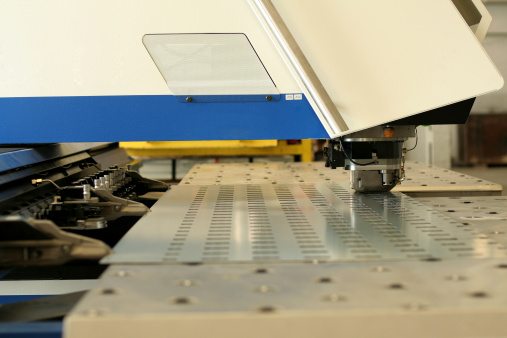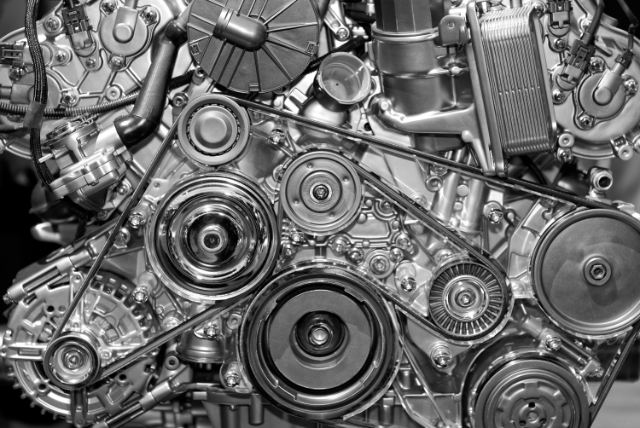Hydroforming Versus Stamping

Hydroforming versus Stamping? That is the question.
Metal stamping has been used in the production of consumer goods and products for a very long time. Some even believe that the history of metal stamping can be traced back to blacksmithing, tinsmithing, silversmithing, and so on. It’s a venerable, old method that deserves it place in history but is being outpaced rapidly by hydroforming.
Sheet metal hydroforming (and especially the deep draw and tubular techniques), as a means of manufacturing complex-shaped load-bearing parts, is relatively new by comparison. But as noted, is quickly becoming the chosen manufacturing staple of many industries for several specific parts, including the automobile, plumbing, and appliance.
The Manufacturing Process: Metal Stamping
Each item in the process is stamped out from a blank, using mechanical or hydraulic stamping lines, with a production rate of about 500 pieces an hour. Then, each component goes through the process of blanking, trimming, and forming of the die, which leaves an overall scrap waste of about 20 percent. Then finally, is ready for assembly by MIG or spot welding. The entire process takes about 60 hours per assembly.
The Manufacturing Process: Hydroforming
The same product going through the hydroforming process is started from a rolled tubular section. Which typically comes pre-cut to the desired length and end-cut for each component. Next, a computer numerically controlled (CNC) begins bending the tubes into the desired shape, which is then hydroformed by a hydraulic press. The component is then removed from the press, and trimmed if necessary (usually less than 10 percent waste, sometimes zero).
Overall Winner: Hydroforming
While metal stamping has many positives, and still has a place in production, the advantages of hydroforming are numerous, including:
- Weight reduction
- Part reduction
- Cost-effective assembly and component costs
- Cost-effective tooling costs
- Greater strength (stiffness; rigidity)
- Great dimensional (geometric) stability
Error: Contact form not found.
For more information on how we can help you, please contact us.




Leave a Reply